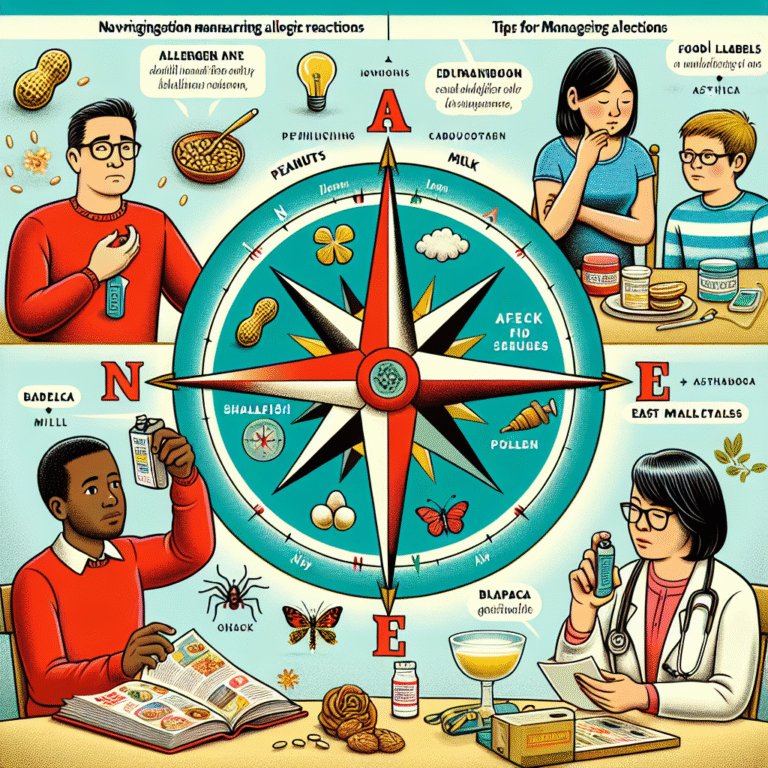
Introduction
In an era defined by rapid technological advancements, decision-making in the digital age has transformed into a complex but empowering process. Today’s decision-makers have the ability to analyze vast amounts of data, engage with global perspectives, and utilize intuitive tools that streamline the decision-making process. Gone are the days when choices were made purely based on gut feelings or limited information. Welcome to the age of informed decisions, where technology is no longer just a tool but a vital partner in making smarter choices.
With businesses, governments, and individuals continuously seeking the upper hand, understanding how to leverage technology for better decision-making is essential. In this article, we will explore the multifaceted landscape of decision-making, the technologies that facilitate it, and the implications of these developments on both personal and societal levels.
Understanding Decision-Making Today
The Evolution of Decision-Making
Historically, decision-making processes were linear and reactionary. Decisions were often made on instinct rather than through analytical approaches. However, the advent of the digital era has introduced technologies like artificial intelligence (AI), big data analytics, and real-time reporting, which help individuals and organizations analyze data and make informed choices.
Case Study: Netflix’s Recommendation System
Netflix exemplifies how technology can enhance decision-making. By analyzing user data and viewing patterns, Netflix’s recommendation algorithm suggests titles that users are likely to enjoy. This not only improves user satisfaction but also increases engagement, showcasing the power of data in influencing decision-making across millions of viewers.
The Importance of Data Literacy
To leverage technology effectively, decision-makers must cultivate data literacy. Being able to interpret data, understand statistics, and recognize biases is crucial for making smarter choices. As the volume of information continues to grow, the ability to sift through and draw insights from data is becoming a fundamental skill.
Table 1: Key Data Literacy Skills
| Skill | Description |
|---|---|
| Data Interpretation | Understanding graphs, charts, and statistics |
| Critical Thinking | Evaluating the credibility of data sources |
| Problem-solving | Identifying solutions based on data analysis |
| Technical Proficiency | Familiarity with data analysis tools and software |
Leveraging Technology
Artificial Intelligence: A Game Changer
AI has revolutionized decision-making by providing predictive analytics, automated insights, and decision-support systems. By employing machine learning algorithms, organizations can identify patterns that human analysts might overlook.
Case Study: IBM Watson
IBM’s Watson has been at the forefront of decision-making in healthcare. By analyzing vast datasets, Watson helps oncologists determine the most effective treatment plans for cancer patients. The integration of AI not only enhances the quality of medical decisions but also expedites the process, showcasing the potential for technology to drive smarter choices.
Big Data Analytics: The Backbone of Decision-Making
Big data analytics allows businesses to gather insights from various sources, enabling them to make informed decisions quickly. The ability to analyze historical data trends, consumer behavior, and market conditions provides a substantial edge in strategy development.
Chart 1: The 5 Vs of Big Data
| Dimension | Description |
|---|---|
| Volume | The enormous amount of data generated daily |
| Velocity | The speed at which data is created and processed |
| Variety | The different types of data (structured, unstructured) |
| Veracity | The quality and accuracy of the data |
| Value | The insights derived from analyzing the data |
Cloud Computing: Accessibility and Flexibility
Cloud computing gives organizations the flexibility to access data and applications remotely. This technology enables teams to collaborate in real time and make decisions based on the latest information available, regardless of their geographical location.
Case Study: Slack
Slack’s instant messaging platform exemplifies how cloud-based tools facilitate collaboration. Teams can share updates, data snippets, and analytical insights in real time, allowing for agile decision-making in a fast-paced environment.
The Human Element in Decision-Making
While technology plays a critical role in enhancing decision-making processes, it’s essential to recognize the human factor. Emotional intelligence, ethical considerations, and interpersonal skills are vital to ensure that technology serves humanity’s best interests.
Balancing Data and Intuition
Combining analytical approaches with intuition is fundamental for effective decision-making. While data can provide insights, human judgments are often needed to assess context, culture, and nuances that data may not capture.
Case Study: Starbucks
Starbucks uses data analytics to tailor its menu items and store locations. However, decisions about community engagement and customer experience often rely on insights gathered from baristas and local managers, highlighting the importance of blending data with human perspective.
Challenges in Digital Decision-Making
Information Overload
In the digital age, one of the biggest challenges faced by decision-makers is information overload. With vast amounts of data at their fingertips, distinguishing relevant insights from noise can be daunting. Organizations must implement effective data-filters to ensure that decision-makers focus on pertinent information.
Cybersecurity Concerns
As businesses increasingly rely on digital tools for decision-making, the risk of data breaches escalates. Safeguarding sensitive information must be a priority, as any breach can undermine trust and have significant repercussions.
The Future of Decision-Making
Emerging Technologies
As we look to the future, technologies such as blockchain and augmented reality (AR) are poised to further revolutionize decision-making. Blockchain can provide unparalleled transparency, ensuring that data integrity is preserved while enabling better tracking of decisions made. Meanwhile, AR can enhance visual data analytics, making complex data more accessible and actionable.
Chart 2: Future Technologies Impacting Decision-Making
| Technology | Potential Impact |
|---|---|
| Blockchain | Increased transparency and data integrity |
| Augmented Reality | Enhanced data visualization and user interactions |
| Internet of Things (IoT) | Real-time data collection and analysis |
| Quantum Computing | Accelerated data processing capabilities |
Conclusion
Decision-making in the digital age is no longer a solitary endeavor. By leveraging technology effectively, individuals and organizations can harness the power of data to make smarter, more informed choices. As we embrace this digital transformation, the blend of human intuition and digital analytics will be pivotal for navigating complexities in an ever-evolving landscape.
To thrive in this age, fostering a culture of data literacy, ethical practices, and a commitment to continual learning will set the foundation for successful decision-making. So, as you navigate your own decisions, remember: technology is here to assist, but the ultimate choices lie in your hands.
FAQs
1. How can I improve my decision-making skills in the digital age?
Improving your decision-making skills involves enhancing your data literacy, understanding data analytics tools, and blending analytical insights with your intuition.
2. What are the risks associated with relying too much on technology for decision-making?
Risks include information overload, data breaches, and a potential disconnect between data insights and human perspectives. Balancing data with human judgment remains crucial.
3. How do organizations ensure data quality for better decision-making?
Organizations can ensure data quality by implementing data governance frameworks, conducting regular audits, and investing in data validation technologies.
4. Will AI entirely replace human decision-making?
AI will not replace human decision-making but will enhance it. Technology can provide valuable insights, but human intuition and ethical considerations are irreplaceable.
5. What future trends should we anticipate in decision-making technology?
Expect trends such as advanced AI algorithms, augmented reality applications for data visualization, and expanded use of blockchain for secure data management, all of which will improve decision-making processes.
By understanding and applying the principles outlined above, readers can harness the tools available in the digital age, ultimately leading to smarter, more effective choices.

















